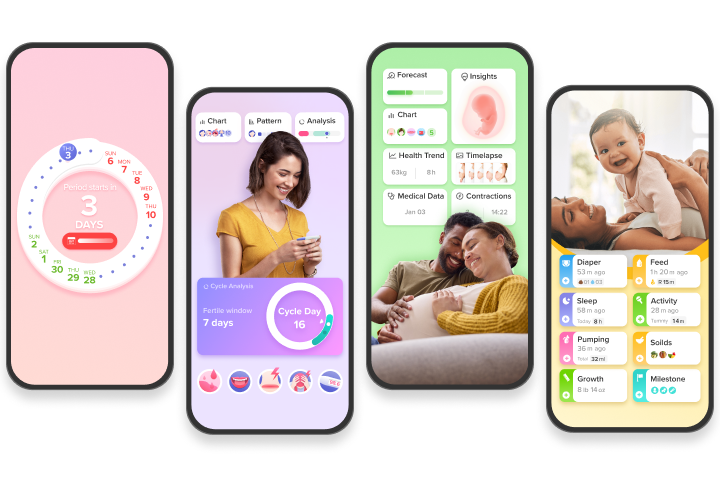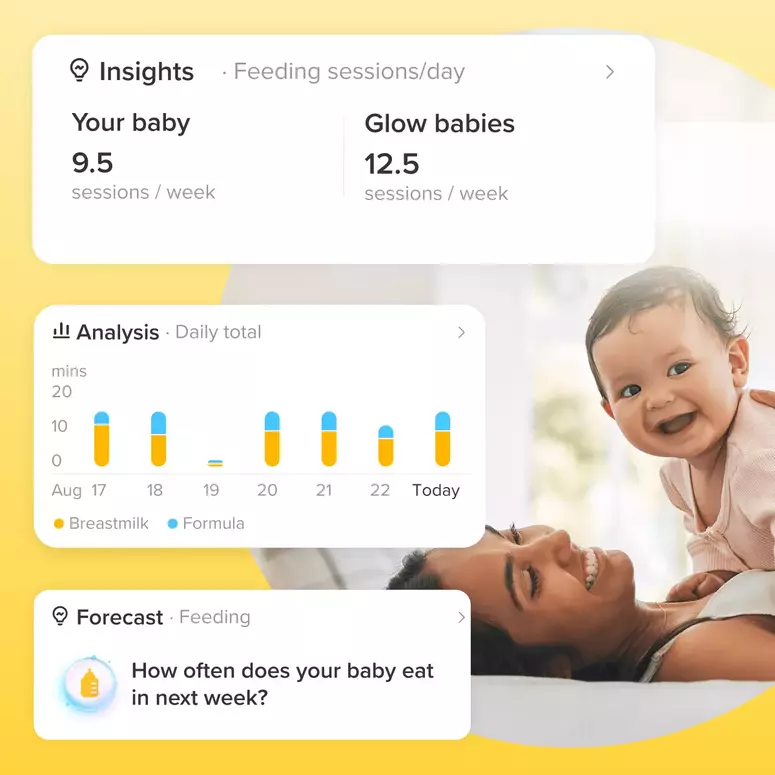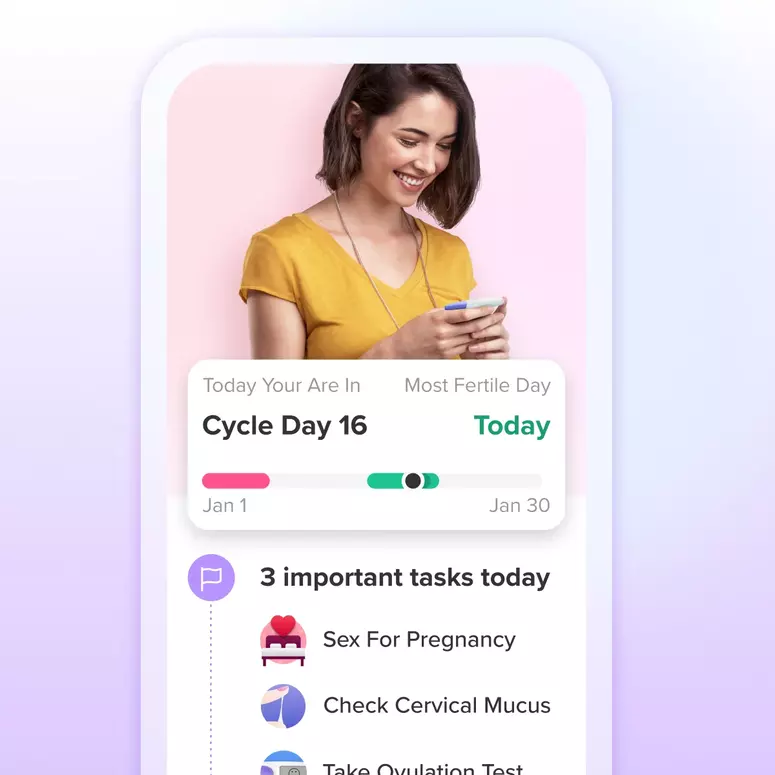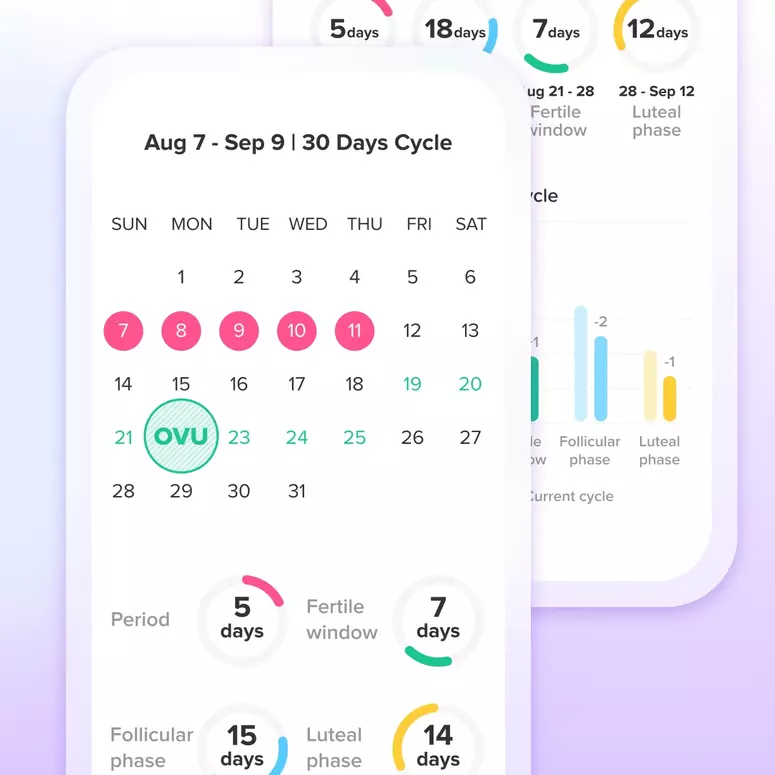Our False Positive on Panorama
I've seen a lot of questions regarding non-invasive prenatal screening (NIPS) such as the Panorama, and I've seen many excited mothers and mothers-to-be tell others that the test is 99% accurate, which is completely understandable, given that Natera reports this statistic as well. Before this experience, I likely would have as well.
My husband and I have experienced the most stressful month of our lives, as our Panorama screening reported a 68% chance of our son having T21, or Down Syndrome. The blood sample was taken at 12 weeks, and we had to wait until week 16 for an amniocentisis. Our FISH, or preliminary results, were reported today; our baby boy has only two copies of chromosomes 13, 18, 21, and only one X and one Y. Our son's karyogram, or genetic map, will be available in the near future. I plan on hanging it in his nursery!
This means our positive result from Panorama is a FALSE POSITIVE. I have done extensive research regarding the reliability of NIPS, and other than the research paid for and conducted by Natera, research does not support the accuracy of this test in a mother that is not previously categorized as high risk. It appears that the positive predictive value of PPV of these tests for a 30 year old mother is closer to 50%. The reliability of this test only reaches 90+% when the mother is 40-45 years old.
At age 27, with no previous pregnancies, I was originally at a low risk for aneuploidies (an abnormal number of chromosomes in a fetus). I was told this test is 99% accurate. The 99% doesn't even describe accuracy, but sensitivity and specificity.
My original risk assessment was about 1:1,100, but being that the sample was taken at 12 weeks, my initial risk was reduced to 1:949 (closer to that of a 30 year old), given that many chromosomal abnormalities result in miscarriage early in the pregnancy. The fact that initial risk is reduced based on gestational age is also not communicated to the patient. The initial risk is combined with what is seen in the placental DNA and your risk is reassessed. It is important to not that none of these screenings look at the DNA of the fetus, but of the placenta; only an amniocentesis can deliver actual fetal DNA karyotyping. The placental DNA is fragmented, and represents a percentage of the entire DNA of the placenta; in my case this was 2.9%, a very low fetal fraction (Natera's term, but should be referred to as placental fraction); the cut off is 2.8% with Natera, and 4% with other NIPS labs, which use a different process. It is worth nothing that according to a perinatologist, and a genetic counselor at Natera, a 68% is uncommon, but I've also read numerous accounts of a 99% (the traditional reading) being a false positive as well.
If you're interested in learning more, there are many studies available for free online, and nih.gov is a good place to start. Another valuable resource is downsyndromeprenataltesting.com, a website run by a lawyer named Mark Leach who practices health law, and has a master's in bioethics. He attends and presents and at domestic and international conferences for medical personnel in the field of obstetrics, genetics, and bioethics. He also has a daughter with Down syndrome.
12/03/15 - For posterity, I've decided to edit my post, as new information has come to light. In September 2015, ACOG published a statement regarding cfDNA screenings/NIPS, citing a positive predictive value of 33% for a 25 year old mother, meaning 2/3 of positives are false. They recommend it not be implemented in low-risk populations, and instead the traditional maternal serum screening/NT scan be used. Additionally, if a cfDNA screening is performed, that its results be interpreted along with the results of the traditional screening, not in lieu of.
http://www.acog.org/-/media/Committee-Opinions/Committee-on-Genetics/co640.pdf?dmc=1&ts=20151203T1133276727
Add Comment
Let's Glow!
Achieve your health goals from period to parenting.




